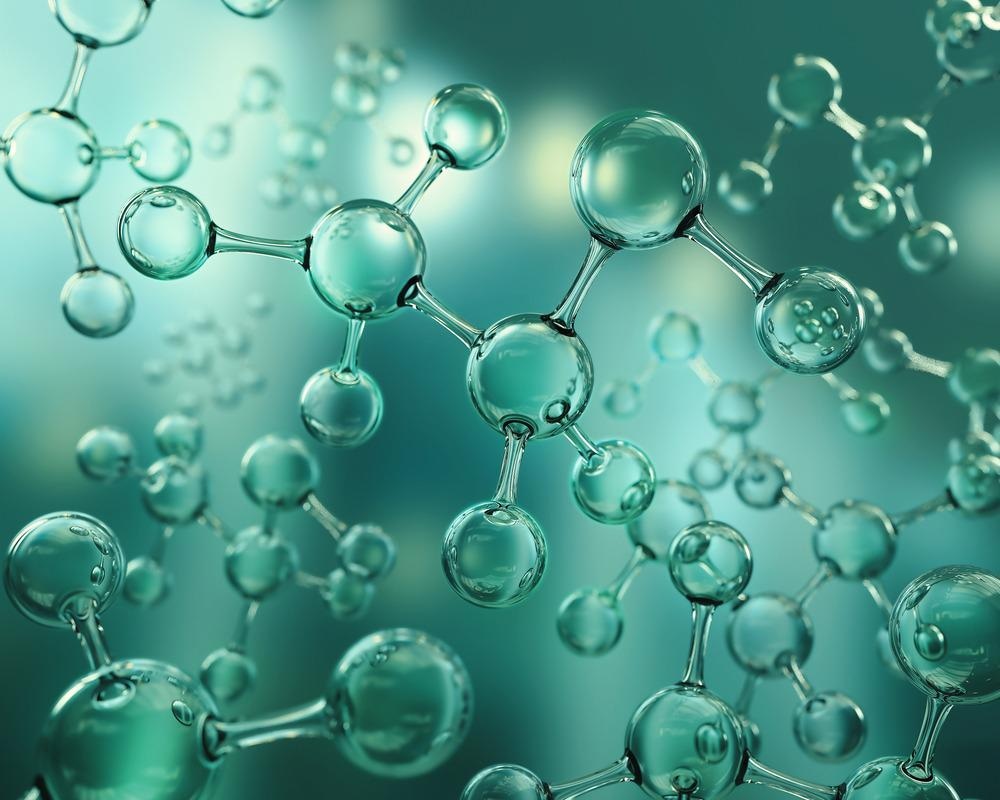A paper published online in the journal ACS Energy Letters has demonstrated a sustainable pathway for the synthesis of ethylene oxide via the electrochemical oxidation of ethanol. The research helps to provide a solid foundation for the sustainable synthesis of industrially important chemicals using both renewable energy and renewable substrates.

Study: Electrochemical Ethylene Oxide Synthesis from Ethanol. Image Credit: Anusorn Nakdee/Shutterstock.com
Ethylene Oxide: Uses and Synthesis
Ethylene oxide is a key industrial chemical used as a precursor for several chemicals such as epoxy resins, glycol ethers, ethylene glycol, and several plastics and bulk chemicals. The importance of ethylene glycol to the industrial chemicals industry has facilitated research into new synthesis methods.
Currently, direct oxidation of ethylene using O2 is the main route for ethylene oxide synthesis. Silver catalysts are used in this process, with a temperature of 200-260 oC and a pressure of 10-30 bar necessary for conversion. This process has a significant environmental impact due to its reliance on greenhouse gas-emitting fossil fuels for its energy needs. For every ton of ethylene oxide produced 0.9 tons of CO2 are emitted, and the synthesis of the alkene substrates used releases a ton of CO2 per ton of alkene.
Using Renewable Energy and Substrates for Ethylene Oxide Synthesis
The environmental impact of ethylene oxide synthesis has demonstrated the urgent need for more sustainable and eco-friendly processes. Green synthesis methods require both renewable energy and renewable substrates. The use of renewable electricity facilitates the development of a net-zero pathway for the green synthesis of ethylene oxide and products such as plastics which use this industrially important precursor chemical in their production.
Ethanol has emerged as an attractive renewable substrate. This is due to its low cost compared to ethylene, and its abundance. However, the possibility of synthesizing ethylene oxide using ethanol as a sustainable substrate has not been fully realized to date. Previously developed processes have still relied on environmentally damaging fossil fuels to convert ethanol into ethylene and produce ethylene oxide from ethylene with electrochemical methods.
This process is problematic due to its energy demand and the wasting of oxygen atoms present in the alcohol. A more direct approach is to use chlorination to convert ethanol to chlorohydrin, followed by the internal cyclization of intermediates. Chloride ions act as catalysts to reduce the number of intermediate reactions and increase atom economy. This process, combined with renewable energy, presents a truly sustainable route to ethylene oxide synthesis and the manufacture of valuable products.
Routes to Epoxides: Current Challenges
Several methods that exploit the internal cyclization have been explored over the past few decades. For instance, in 1966 an electrochemical process utilizing electricity and metal halide electrolytes to convert alkenes to epoxides was patented. Recent studies have demonstrated the use of this process on several materials.
More from AZoM: An Overview of Recent Bioactive Dental Materials
However, previously reported processes rely on the halogenation of C(sp2)=C(sp2) bonds present in the alkene substrate materials. Expanding substrate feedstocks to chemicals such as ethanol, which do not possess C=C bonds is challenging as it requires the activation of C(sp3)-H bonds, which are oversaturated. Due to this difficulty, prior studies have not produced the chlorohydrin intermediate, which is essential for the successful synthesis of ethylene oxide from ethanol.
Additionally, overoxidized products such as CO2 are produced on most electrocatalyst metals due to chlorination reactions requiring strong oxidative potentials. Chlorine radical species can be used in reactions, but this is thermodynamically unfavorable. Selective oxidizing ethanol into desired chlorohydrin intermediates is highly challenging, and thus the development of new, better methods is necessary.
The Study
The central aim of the study published in ACS Energy Letters was to develop a method that could achieve the successful chlorination of chlorohydrin from ethanol using electrochemical processes. The innovative approach carried out by the authors was to use polarizable electrons combined with careful tuning of reaction conditions. A subsequent reaction with an electrogenerated hydroxide ion in a single electrochemical cell converts the chlorohydrin to ethylene oxide.
The novel flow cell designed by the authors could achieve continuous conversion of ethanol to ethylene hydroxide, opening the door for more sustainable feedstocks to produce industrially important chemicals and disrupt traditional synthesis pathways.
The authors have stated that ethylene oxide production can be controlled thanks to the selectivity of ethanol chlorination. Additionally, their research highlights how the electrode material, reaction temperature, and applied potential can tune the activation of C(sp3)-H bonds, overcoming the issues with previously reported processes.
Moreover, the authors stated that material optimization and further work on reactor engineering could improve both production rate and selectivity, and the research is generalizable to bulk chemicals and, in conjunction with renewable energy, could help develop more sustainable industrial chemical synthesis techniques.
Further Reading
Lucky, C, Wang, T & Schreier, M (2022) Electrochemical Ethylene Oxide Synthesis from Ethanol [online] ACS Energy Lett. 7 pp. 1316-1321 | pubs.acs.org. Available at: https://pubs.acs.org/doi/10.1021/acsenergylett.2c00265
Disclaimer: The views expressed here are those of the author expressed in their private capacity and do not necessarily represent the views of AZoM.com Limited T/A AZoNetwork the owner and operator of this website. This disclaimer forms part of the Terms and conditions of use of this website.